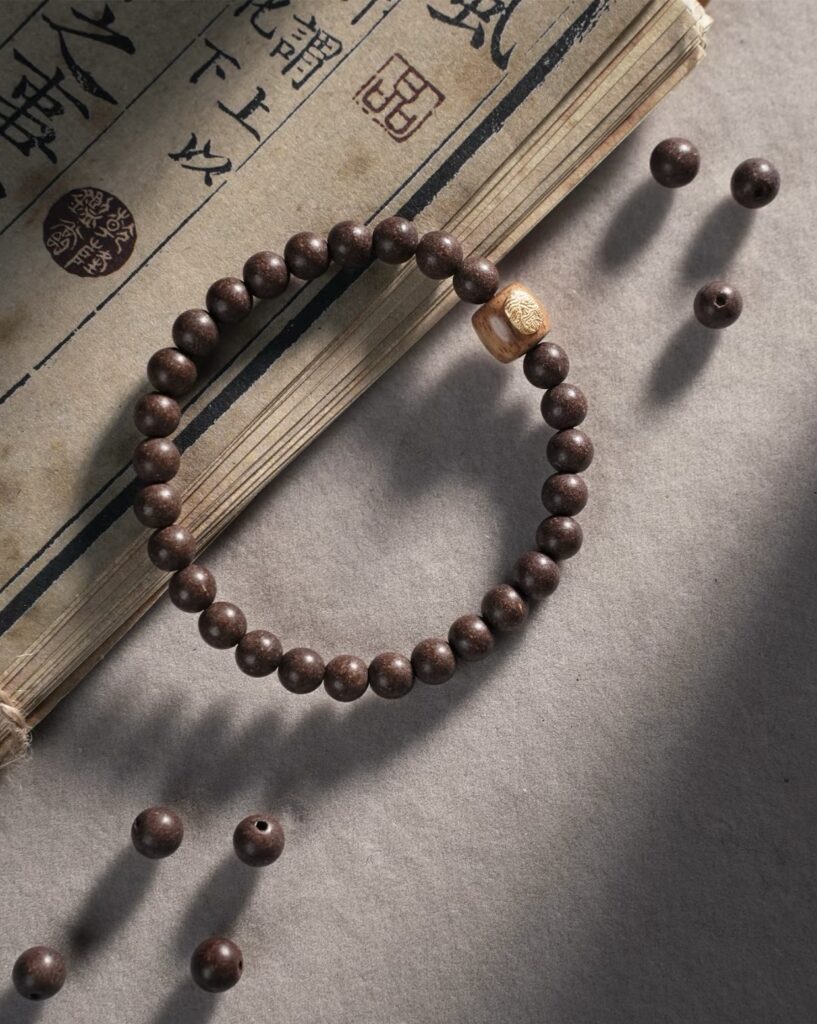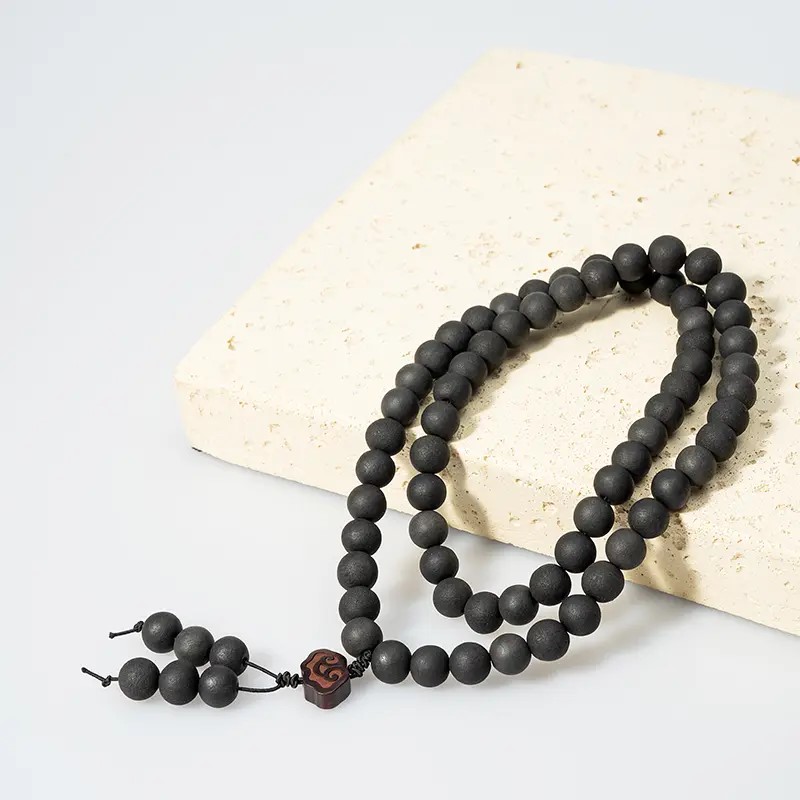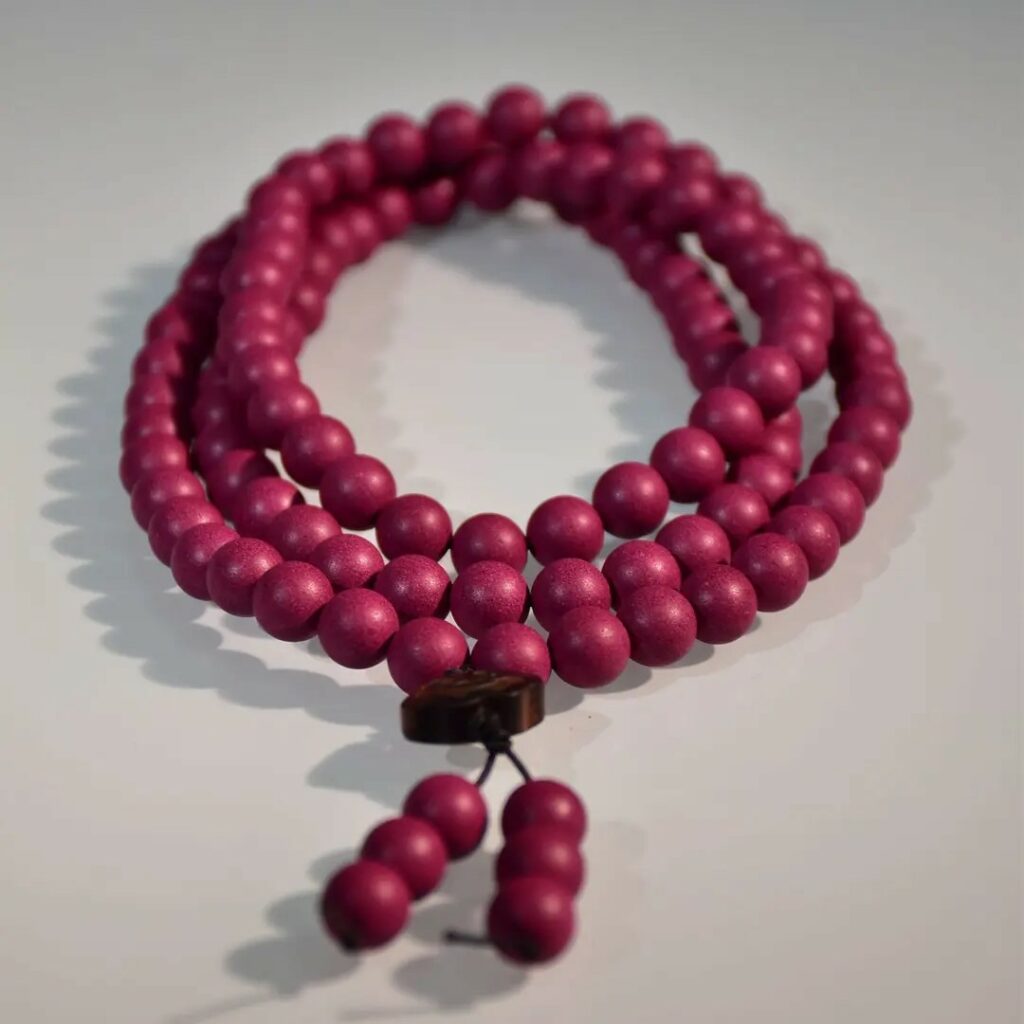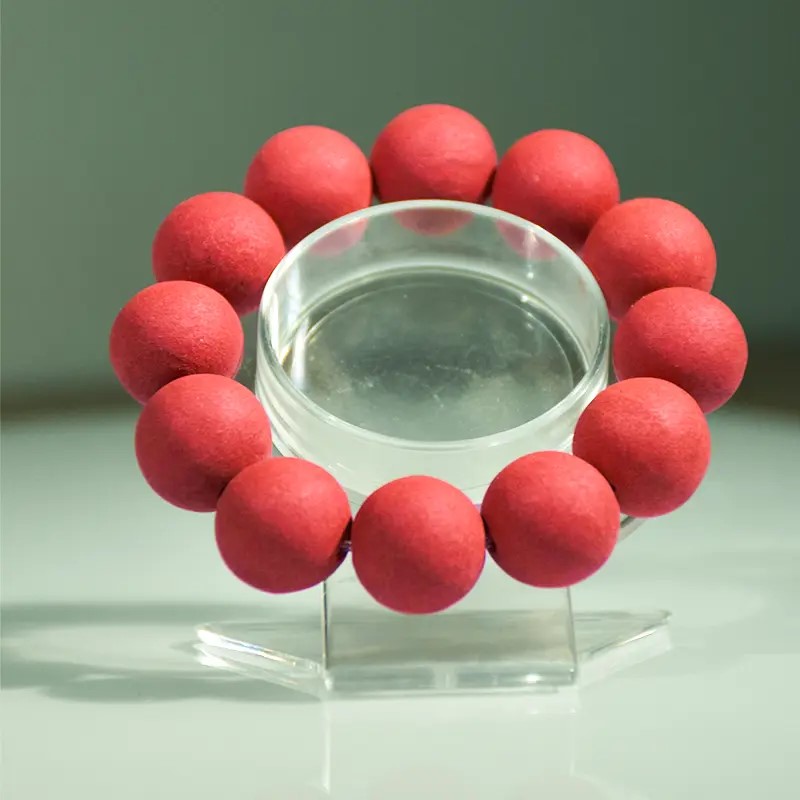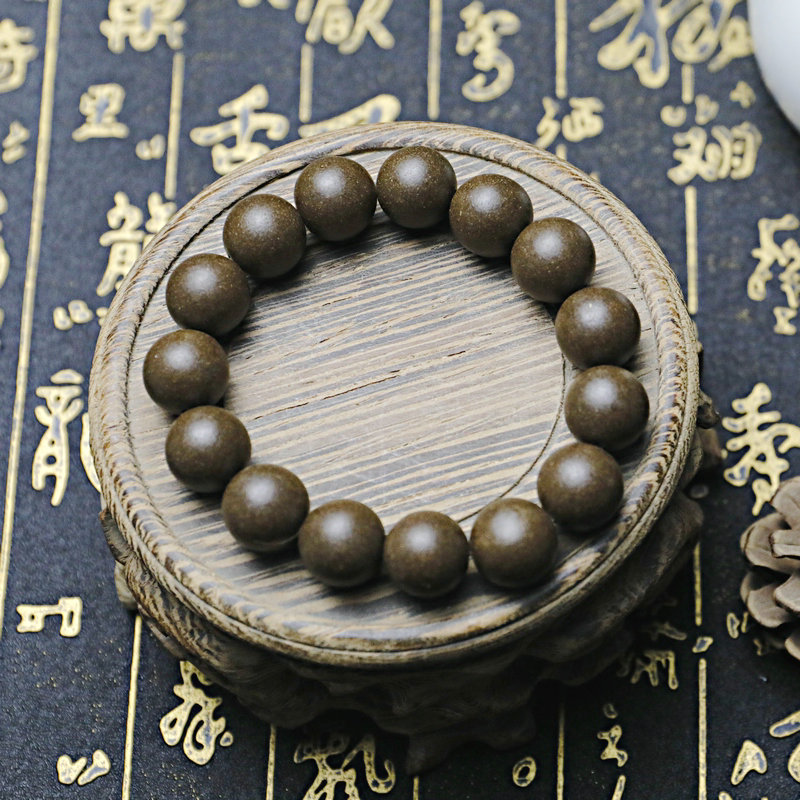The world of traditional compound incense (“Fu Fang He Xiang”), particularly cherished within cultural practices like Chinese Intangible Cultural Heritage, offers a profound sensory and contemplative experience. Yet, navigating its modern marketplace can be fraught with confusion, fueled by marketing hyperbole. One particularly pervasive and problematic claim is the existence of genuine “binder-free” compound incense beads (excluding honey pills). This assertion is not merely an exaggeration; it is fundamentally scientifically unsound and threatens the integrity and sustainable development of this ancient art form. Understanding the indispensable role of binders is crucial for appreciating authentic craftsmanship and making informed choices.
The Allure and the Deception: Marketing Hype vs. Physical Reality
The marketing narrative surrounding “binder-free” incense beads capitalizes on a common consumer perception: more “active” aromatic/herbal material and less “filler” equals a superior, more potent product. Vendors heavily promote their incense as containing exceptionally high ratios of precious materials like sandalwood, agarwood, or complex herbal blends, simultaneously boasting of minimal or zero binder content. This taps into a desire for purity and potency.
The leap to claiming completely “binder-free” beads, however, crosses the line from competitive promotion into scientific fallacy. Solid incense beads, unlike loose powders or simmering decoctions, require cohesion. They must be formed into discrete, stable shapes that can be handled, stored, transported, and ultimately burned or heated effectively. Achieving this without some form of binding agent is physically impossible for purely powdered botanical materials.
The Indispensable Science of Binders in Solid Incense
Binders (often called “sticky powder” – Nian Fen in Chinese traditions) are not merely cheap fillers added to bulk out expensive aromatics. They perform critical, non-negotiable functions:
- Structural Integrity & Formation: Binders provide the adhesive force that allows finely ground aromatic powders to cohere under pressure (e.g., extrusion, pelletizing) into stable beads, sticks, or cones. Without a binder, the powder simply crumbles. Imagine trying to build a sandcastle with perfectly dry sand – it collapses instantly. Binders are the essential “moisture” (though often not literally water) that enables structure.
- Combustion Control: Binders play a vital role in regulating the burn rate. Highly combustible aromatic powders (like certain resins or woods) would flare up and burn too quickly and harshly without a binder to moderate oxygen flow and heat distribution. Conversely, denser or less combustible materials might struggle to smolder consistently. A good binder ensures a smooth, even, controlled release of fragrance during pyrolysis (burning) or indirect heating.
- Fragrance Release Modulation: The binder isn’t inert. It interacts with the aromatic compounds during both formation and combustion. A well-chosen natural binder can subtly enhance, round out, or prolong the fragrance profile, contributing positively to the overall olfactory experience. It influences how heat transfers through the bead and how volatiles are released.
- Preservation & Handling: Binders help protect the volatile aromatic compounds within the bead structure from rapid oxidation and degradation due to air exposure. They also make the beads robust enough for practical handling and use without excessive dusting or breakage.
Traditional Chinese Compound Incense
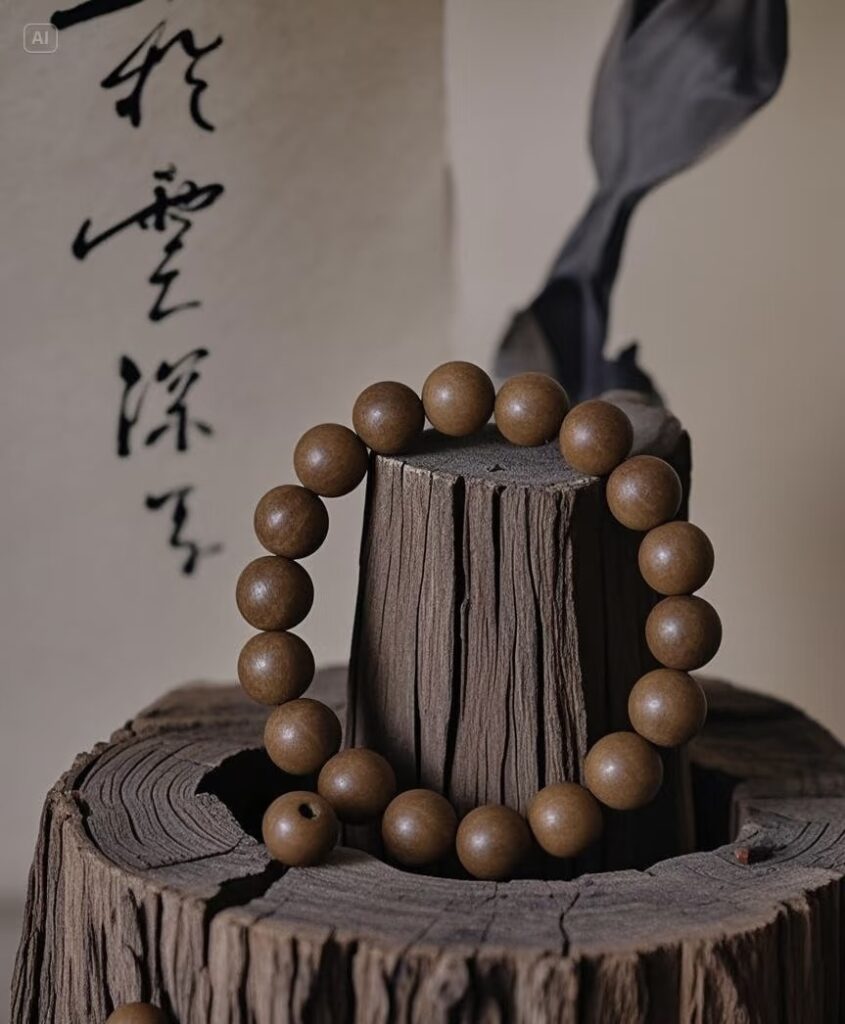
Traditional Chinese Compound Incense
The Delicate Art of Chinese aroma incense
Incense beads, or Chinese aroma incense beads , are far more than simple ornaments. These meticulously crafted spheres, born from the fusion of powdered precious woods, resins, herbs, and binding agents, represent a unique intersection of ancient Chinese fragrance culture, artistry, and contemplative practice. beads
Debunking the “Binder-Free” Mirage: What’s Really Happening?
Given these fundamental requirements, how do vendors make the “binder-free” claim for non-honey beads? Several scenarios are likely:
- Using Inherently Sticky Materials (and Mislabeling Them): Some botanical powders possess natural mucilage or gum (e.g., certain barks, roots like licorice, marshmallow root, tragacanth gum, or fruit gums like cherry pit powder). These function as binders. A vendor might include a significant proportion of such a material and disingenuously exclude it from their “binder” count, listing it only as an “aromatic ingredient” while promoting the product as having “no added binder.” This is semantic deception. If a material’s primary role is cohesion, it is the binder, regardless of its aromatic contribution.
- Employing Synthetic or Semi-Synthetic Binders: To achieve cohesion with minimal visible “powder,” some manufacturers might resort to synthetic binders (like cellulose derivatives – CMC, HPMC) or modified natural starches/gums. These can be used at very low percentages, allowing the claim of “no traditional sticky powder.” However, these are still binders, and their synthetic nature often contradicts the “all-natural, traditional” image typically projected with such claims. Their combustion characteristics and potential residue can also differ significantly from traditional natural binders.
- Technological Tricks (Limited Application): Advanced techniques like extremely high-pressure compaction might allow some specific, naturally resinous blends to hold a weak form temporarily, but these beads are invariably fragile, have poor combustion properties, and are impractical for real-world use or commerce. They are not a viable solution for general compound incense bead production.
- Outright Falsehood: Unfortunately, some claims may simply be untrue – the product likely contains a traditional binder like makko powder (tabu/nozawana), jigat/lichens, or another natural gum/starch, but the vendor omits or obscures this fact.
The Crucial Role of Natural Binders: Makko and Beyond
Traditional incense-making systems worldwide have developed sophisticated uses of natural binders. In East Asian traditions, makko powder (derived from the bark of specific Machilus trees like Persea thunbergii) is a gold standard. It’s prized because:
- Neutral Scent: It burns cleanly with minimal inherent aroma, allowing the primary aromatics to shine.
- Excellent Combustion: It promotes smooth, even smoldering without excessive smoke or flare-ups.
- Natural and Traditional: It aligns perfectly with the philosophy of using botanical materials.
- Binding Efficiency: It effectively binds diverse powdered materials.
Other natural binders like guar gum, tragacanth, gum arabic, acacia, certain starches (used cautiously due to smell), or the inherent resins within aromatic blends themselves have their places. The key is that a binder is always present in a solid, cohesive incense form. Denying this is denying physics and chemistry.
The Perils of the “Binder-Free” Myth: Beyond Deception
The promotion of this myth has damaging consequences:
- Consumer Deception and Distrust: It misleads consumers about the true nature of the product they are buying, eroding trust in the entire market. When consumers eventually discover the reality (often through poor performance or breakage), cynicism sets in.
- Devaluation of Craftsmanship: It implies that the skilled work of carefully selecting and proportioning a good natural binder is unimportant or even undesirable, reducing the art of blending to a simplistic “more aromatics = better” equation. This overlooks the nuanced expertise required to balance fragrance, burn, and structure.
- Pressure on Artisans: Ethical artisans using appropriate natural binders face unfair competition from vendors making false claims, potentially forcing them to compromise or abandon their craft.
- Lower Quality Products: Attempts to minimize binder often result in fragile beads that crumble easily, uneven or harsh burning, and potentially incomplete combustion, leading to unpleasant smells and wasted aromatics.
- Erosion of Cultural Heritage: For traditions like Chinese He Xiang, which emphasize harmony, balance, and the use of natural materials according to specific principles, the “binder-free” myth represents a commercialization that distorts core values. It prioritizes a marketing gimmick over authentic practice and sustainable development.
- Potential for Harmful Substitutes: The drive to eliminate visible “sticky powder” increases the temptation to use hidden synthetic binders or excessive amounts of inherently sticky aromatics solely for cohesion, potentially altering the intended fragrance and safety profile.
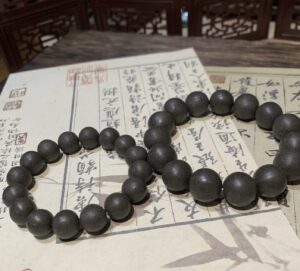
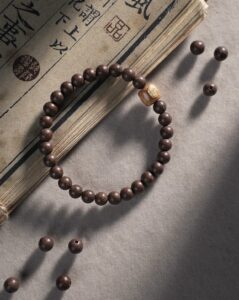
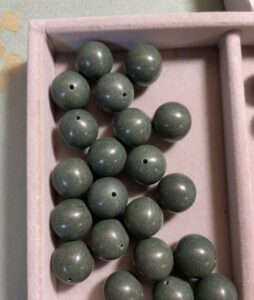
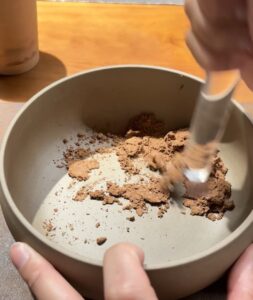
Reframing “Natural”: Embracing the Good Binder
The path forward requires a fundamental shift in perspective:
- Demystify the Binder: Education is paramount. Consumers and practitioners need to understand that binders are essential functional components, not undesirable fillers. Their role should be celebrated, not hidden.
- Shift the Narrative to “Good Binder”: The focus shouldn’t be on the absence of binder, but on the presence of a high-quality, natural, and appropriate binder. Marketing should highlight the type of binder used (e.g., “crafted with pure Makko powder for smooth combustion”) as a mark of quality and authenticity.
- Transparency in Formulation: Reputable artisans and vendors should be transparent about all components, including the binder and its proportion (within reasonable commercial limits). This builds trust and educates consumers.
- Quality over Quantity: Appreciate that a well-crafted incense bead is a harmonious system. A slightly lower percentage of a precious aromatic combined with a high-quality binder often yields a superior overall experience – better burn, longer lasting, more nuanced fragrance – than a bead overloaded with aromatics but poorly bound or combusted.
- Support Ethical Craftsmanship: Seek out artisans and suppliers who prioritize traditional methods, use natural, high-quality binders transparently, and focus on the holistic quality and cultural integrity of their incense.
Honoring Tradition Through Scientific Integrity
The notion of genuinely “binder-free” compound incense beads (outside of honey-based pills) is a scientific impossibility and a marketing fabrication. Binders are not the enemy; they are the essential, often unsung, heroes that make the art of solid incense possible. They provide structure, ensure safe and pleasant combustion, and contribute to the overall sensory experience. The deceptive promotion of “binder-free” products undermines consumer trust, devalues the skilled work of true artisans, and threatens the authentic development of traditional incense-making practices like He Xiang.
For the intangible cultural heritage of compound incense to thrive healthily, we must move beyond misleading marketing gimmicks. We need to foster a deeper appreciation for the science behind the craft, champion transparency in formulation, and celebrate the use of excellent natural binders as a hallmark of quality and authenticity. Only by respecting the indispensable role of the binder can we ensure that the fragrant legacy of traditional incense continues to burn brightly and true for generations to come. Let us value the right binder, not the fantasy of no binder.
